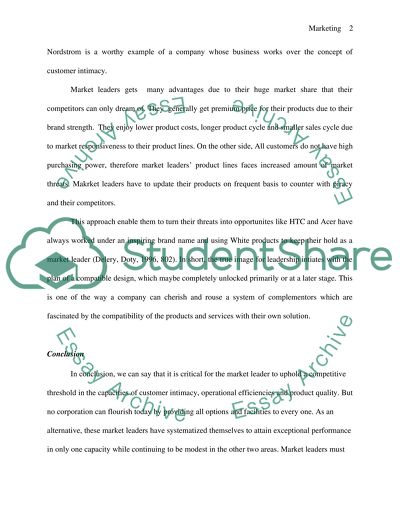Definition of Market Leader Essay Example | Topics and Well Written Essays - 500 words. Retrieved from https://studentshare.org/marketing/1444488-definition-of-market-leader
Definition of Market Leader Essay Example | Topics and Well Written Essays - 500 Words. https://studentshare.org/marketing/1444488-definition-of-market-leader.


